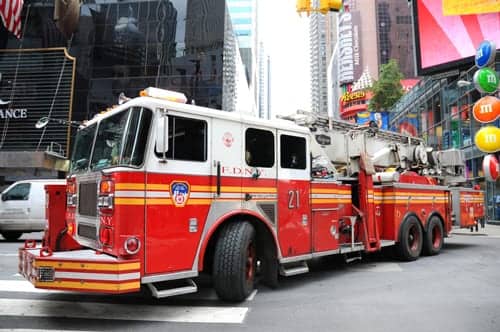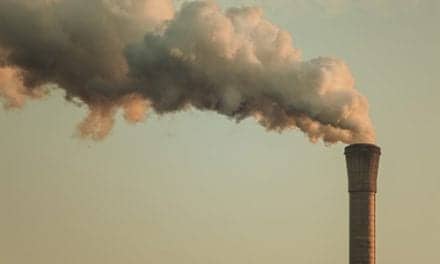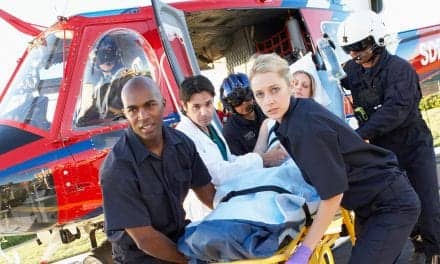Thirteen years after 9/11, lung function declines related to toxic dust exposure persisted among World Trade Center first responders, with smokers and those with the greatest exposures having the largest pulmonary declines, researchers reported.
From March 2000 to September 2014, the firefighters included in the study had a median of nine spirometry tests. Close to one in seven responders (15%) arrived at the World Trade Center on the morning of 9/11 and 65% were never smokers.
The analysis revealed that firefighters arriving on the morning of 9/11 continue to have significantly lower lung function, on average, than those arriving several days later (lesser-exposed firefighters) (P<0.05).
Those arriving the morning of 9/11 were more likely to have an FEV1 in the lower limit of normal (FEV1<LLN) compared with those arriving at the site between Sept. 11, 2001 and Sept. 24, 2001 (OR 1.70, P<0.01).
9/11 Responders Still Suffer With Poor Lung Function









